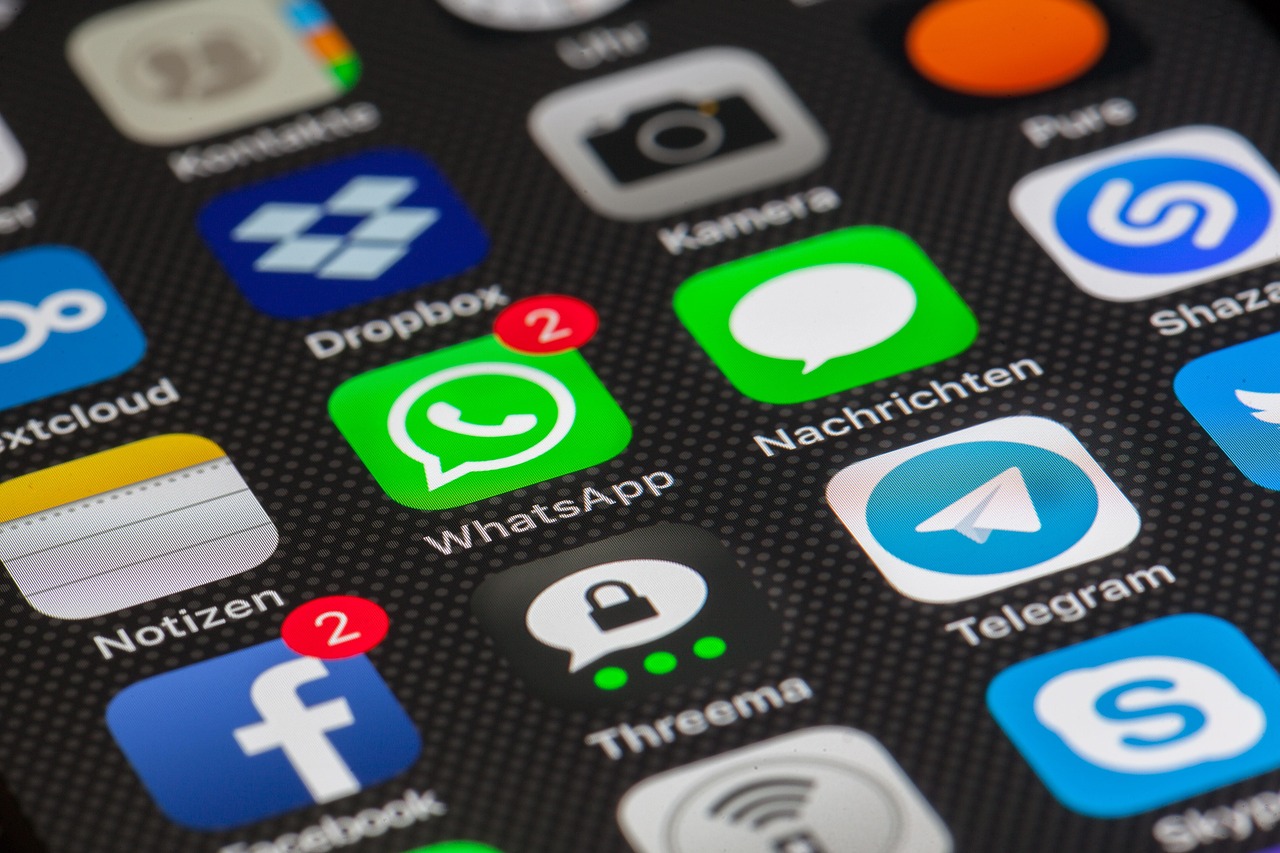
Image created with Canva Dream Lab
In today’s world, relying on a single source of income feels risky. With economic uncertainty and the rising cost of living, it’s more important than ever to diversify your income. I’m a big believer in building multiple streams of income, and here’s why.
Financial Security and Stability
One of the biggest reasons to have multiple income streams is financial security. If one stream dries up, you have others to fall back on. Think about it: if your main job suddenly disappears, how long could you sustain your lifestyle? For most people, the answer is not long.
Having multiple income sources means you’re not putting all your eggs in one basket. If one venture struggles, others can help keep you afloat. It’s like having a financial safety net that cushions the blow during tough times.
Opportunities to Pursue Passions
Multiple streams of income allow you to explore your interests. Maybe you have a creative hobby or a skill you’ve always wanted to monetize. Having a stable job gives you the foundation to take risks with passion projects without stressing over bills.
For example, if you love crafting, you could start selling handmade items online. If writing is your passion, freelance gigs or self-publishing could add an extra stream. By diversifying your income, you’re not just earning more—you’re also fulfilling your creative potential.
Building Wealth Faster
Relying on one paycheck often means slow financial growth. Multiple income streams, however, can significantly accelerate wealth building. Imagine earning from your main job, a side hustle, and passive income investments simultaneously. The money accumulates faster and can be reinvested to create even more streams.
Investing in stocks, real estate, or peer-to-peer lending are great ways to build passive income. The goal is to make your money work for you rather than the other way around. Diversifying your income means you’re not just earning; you’re strategically growing your wealth.
Personal and Professional Growth
Managing multiple streams of income requires you to learn new skills, stay organized, and think creatively. This process inevitably leads to personal growth. You develop a stronger work ethic, become more resourceful, and learn to manage your time efficiently.
On a professional level, it keeps you adaptable. The skills you gain from side hustles or freelance work often transfer to your main job, making you more valuable as an employee or entrepreneur. The confidence gained from seeing your efforts pay off can also boost your self-esteem.
Preparing for the Future
Economic landscapes change rapidly. Industries that are thriving today might not be so profitable tomorrow. By diversifying your income sources, you’re proactively preparing for potential downturns. You’ll have the flexibility to shift focus and pivot to more lucrative opportunities without being left scrambling.
Additionally, building multiple streams early on sets you up for retirement. Passive income, in particular, becomes invaluable when you’re no longer working a traditional job. Real estate investments, dividend stocks, or royalties from creative projects can continue to bring in money long after you retire.
Achieving Financial Independence
Many people dream of financial independence—earning enough to cover their living expenses without relying on a single paycheck. Multiple income streams are essential to achieving that dream. They give you the freedom to make choices based on your passions rather than financial obligations.
Whether it’s starting a small business, investing in property, or building an online brand, each step toward diversification brings you closer to financial freedom. The ultimate goal is to have enough passive income to sustain your lifestyle, allowing you to focus on what truly matters.
Start Small but Think Big
You don’t need to launch several income streams all at once. Start with one small venture, master it, and then add another. Maybe you begin by freelancing a few hours a week, then branch out into creating digital products or investing. The key is consistency and commitment.
Remember, each new income stream might feel challenging at first, but the effort pays off in the long run. Be strategic—choose ventures that align with your skills and interests, and don’t be afraid to pivot if something isn’t working.
Wrapping It All Up
Building multiple streams of income is not just a financial strategy—it’s a mindset. It’s about taking control of your financial future and giving yourself options. The peace of mind that comes from knowing you’re not dependent on one paycheck is priceless.
Whether you’re looking for financial security, wealth growth, or the freedom to pursue your passions, diversifying your income is the way to go. Start today, build gradually, and watch your financial confidence soar.
Lisa Crow contributed to this article. She is a true crime junkie and lifestyle blogger based in Waco, Texas. Lisa is the Head of Content at Gigi’s Ramblings and Southern Bred True Crime Junkie. She spends her free time traveling when she can and making memories with her large family which consists of six children and fifteen grandchildren.













